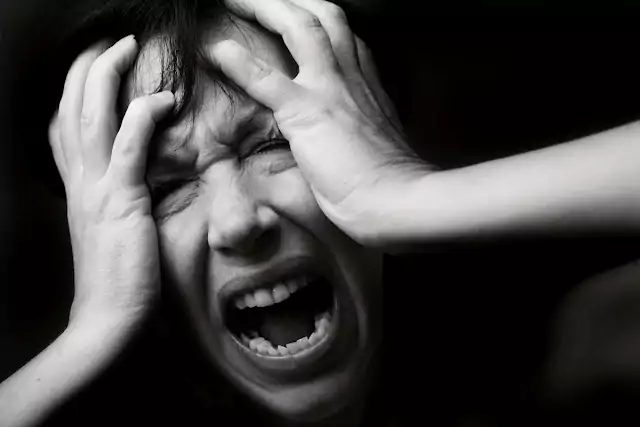According to the Anxiety Disorders Association of America (ADAA), anxiety disorders are illnesses that fill people’s lives with overwhelming anxiety and fears that are chronic, unremitting, and can grow progressively worse. Tormented by panic attacks, obsessive thoughts, flashbacks of traumatic events, nightmares, or countless frightening physical symptoms, some people with anxiety disorders even become housebound.
Fortunately, through research supported by the National Institute of Mental Health (NIMH), there are effective treatments that can help. Anxiety Disorders, as a group are noted as the most common mental illnesses in America. About 40 million American adults are affected by these debilitating illnesses each year. Children and adolescents can also develop anxiety disorders.
Common Anxiety Disorders
Panic Disorder—Repeated episodes of intense fear that strike often and without warning. Physical symptoms include chest pain, heart palpitations, shortness of breath, dizziness, abdominal distress, feelings of unreality, and fear of dying.
Obsessive-Compulsive Disorder—Repeated, unwanted thoughts or compulsive behaviors that seem impossible to stop or control.
Post-Traumatic Stress Disorder—Persistent symptoms that occur after experiencing or witnessing a traumatic event such as rape or other criminal assault, war, child abuse, natural or human-caused disasters, or crashes. Nightmares, flashbacks, numbing of emotions, depression, and feeling angry, irritable or distracted and being easily startled are common. Family members of victims can also develop this disorder.
Phobias—Two major types of phobias are social phobia and specific phobia. People with social phobia have an overwhelming and disabling fear of scrutiny, embarrassment, or humiliation in social situations, which leads to avoidance of many potentially pleasurable and meaningful activities. People with specific phobia experience extreme, disabling, and irrational fear of something that poses little or no actual danger; the fear leads to avoidance of objects or situations and can cause people to limit their lives unnecessarily.
Generalized Anxiety Disorder—Constant, exaggerated worrisome thoughts and tension about everyday routine life events and activities, lasting at least six months. Almost always anticipating the worst even though there is little reason to expect it; accompanied by physical symptoms, such as fatigue, trembling, muscle tension, headache, or nausea.
Treatments for Anxiety Disorders
A number of medications that were originally approved for treating depression have been found to be effective for anxiety disorders as well. Some of the newest of these antidepressants are called selective serotonin reuptake inhibitors (SSRIs). Other antianxiety medications include groups of drugs called benzodiazepines and beta-blockers. If one medication is not effective, others can be tried. New medications are currently under development to treat anxiety symptoms.
